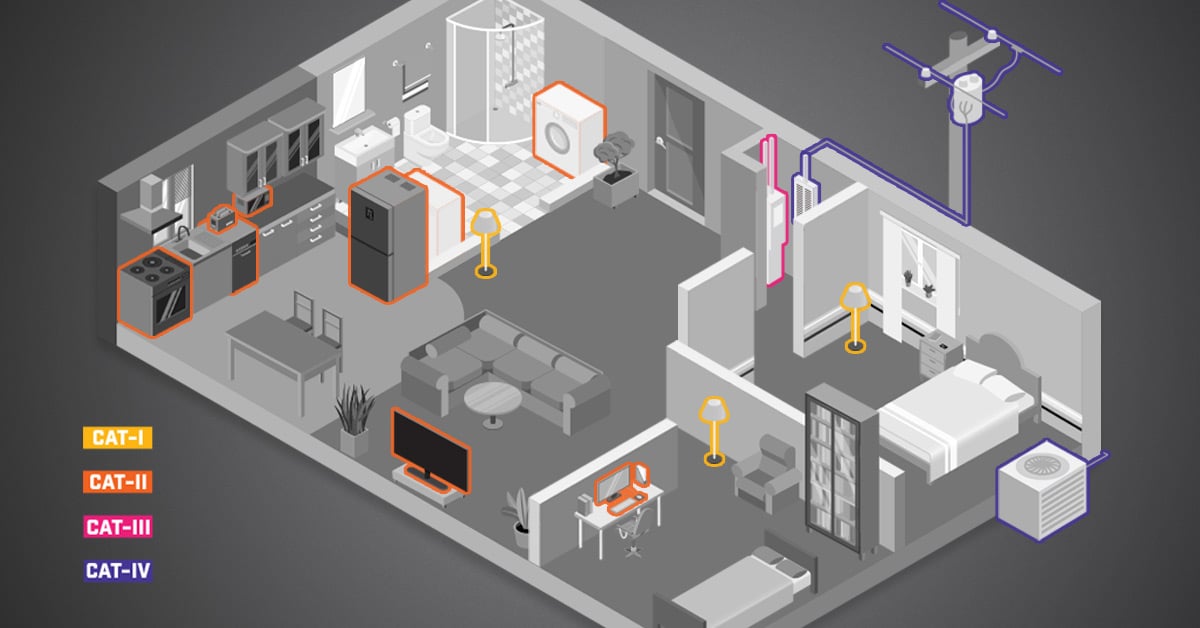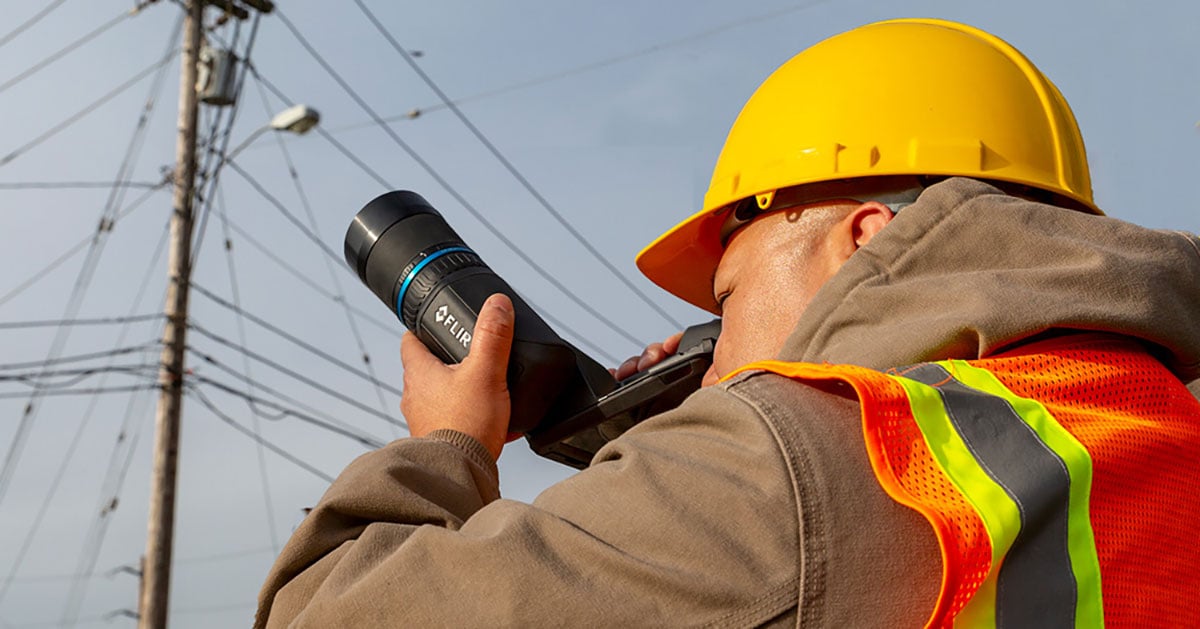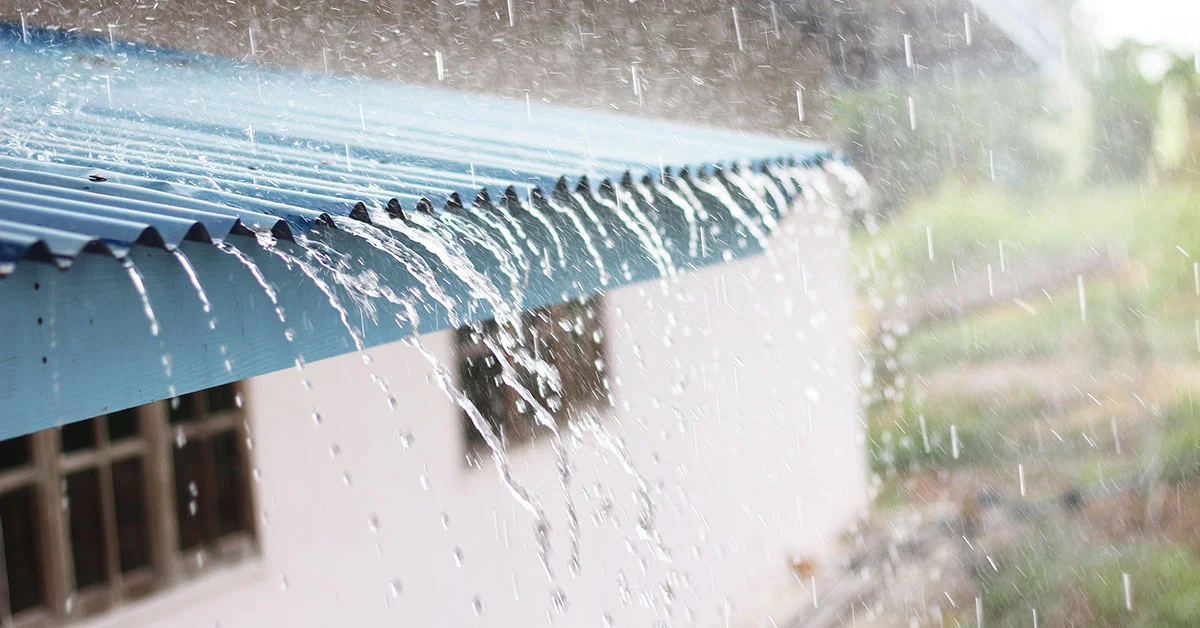Defeating Pests at Hide-&-Seek with FLIR Thermal Imaging Cameras.
Infrared technology has a wide variety of applications in domestic settings as well as for industry. Termite Solutions in Queensland, Australia has been specialising in termite inspections and treatments since 1996, and started utilising FLIR thermal imaging cameras in 2005. “For our company it began an odyssey in innovation. It has become a standard part of our equipment now and we couldn’t imagine doing our job without it,” states Mal Brewer, proprietor of Termite Solutions.

A Homeowner’s Worst Nightmare
Termites that attack houses are almost exclusively subterranean species that need to maintain very specific environmental requirements. “When termites enter a dwelling they rapidly humidify the galleries they inhabit and actively regulate the temperature,” explains Mal Brewer. “It is this temperature differential that FLIR thermal imaging cameras are ideally designed to detect. The FLIR E-Series, for example, has suitable resolution and thermal range to detect even very minor temperature differences and the termites’ need to regulate temperature and humidity makes early detection possible using thermal imaging.”
Depending on atmospheric conditions, termite infestations can appear as hot in winter, or as cold in summer, spring and autumn. In many types of houses termites will attack the unseen wall framing and can operate for months undetected, causing significant structural damage as they do so. Australians spend millions of dollars each year treating termites and repairing the damage they cause. They are truly amongst a homeowner’s worst nightmare, so discovering termites long before they becomes visually apparent can potentially save homeowners thousands of dollars. The advantages of thermal technology are obvious.
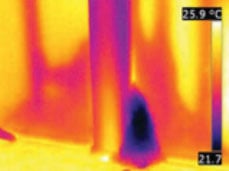
Termite packing inside and on wall
Discovering the World of Infrared
“Back in 2004 I heard that thermal imaging was being used by a few interstate pest inspectors for detecting termites, so I called some of them. Operators back then had no qualifications and indicated they would use their cameras from time to time, but basically they were for gaining a marketing advantage over their competition,” explains Mal. “I bought my first camera in 2005 and quickly established that not only did I have a marketing advantage, but they are actually an invaluable detection and diagnostic tool. We detected termite issues that other inspectors had simply not seen and walked past. “The financial outlay for my first FLIR camera was quickly recovered. I found that clients appreciated our professionalism of investing in the latest technology, and the acceptance rate of quotes was considerably more, once we started using thermal cameras. Right from the start,” says Mal, “I realised the potential value to my business the FLIR thermal imaging camera would bring.”
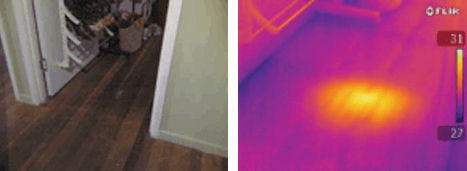
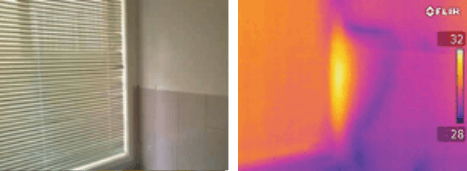
Keeping the Customer in the Picture
“We always try to involve our clients at the start of the inspections to show them the visual advantage we gain in using thermal imaging. Our catch phrase is ‘If you haven’t seen thermal, you’re only seeing half the picture’. Our clients generally ask us to bring the thermal cameras for their annual inspections.
They’re not happy with an inspection without a thermal camera, and this ensures repeat work for us.”
Termite Solutions also use thermal imaging for condition monitoring by checking current images against those taken on previous inspections. “I use FLIR Professional Reporter and FLIR Tools software on my office computer,” says Mal “And FLIR Viewer on my iPad and FLIR Tools on my Smartphone. The reporting software is comprehensive and there are loads of instructional videos available to assist in obtaining the best results from the software. The finished reports look great and images can even be emailed directly to the client from the Apple or Android device whilst still on the job site.”
Termite Solutions also find that the FLIR thermal imaging cameras’ Wi-Fi capabilities are particularly great when inspecting investment properties for interstate or overseas clients. “The images can be saved onto the camera or uploaded to the Cloud or emailed directly to the client. This allows us to easily explain to the owner exactly what’s going on even though they may be thousands of kilometres away,” says Mal.
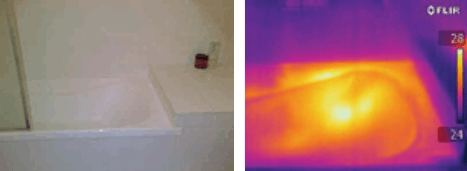
Termites behind bath.
Training is the key
Mal Brewer has found the FLIR cameras very easy to use, with only some basic training required before you can start utilising the camera. “If you are using a camera for commercial purposes”, says Mal, “then it is essential that you are trained to interpret the images and correctly describe them in your reports. A little knowledge can be dangerous, were you to incorrectly interpret the images, as is often the case with inexperienced or untrained operators. I’d urge anyone considering purchasing a camera to also take some training.”
Mal Brewer completed the Level 1 Thermography course at Melbourne University in 2004, the Melbourne FLIR course for Pest Managers a few years later, and attended a Building Science Thermography course in 2013. All of Termite Solutions’ technicians have attended FLIR courses and are trained in the use of cameras and creating thermal reports.
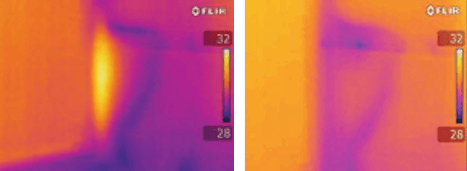
Termites before and afer treatment in bathroom wall.
The Thermal Advantage
The required tools for pest inspectors include a torch, binoculars, tapping tool and moisture meter. “We look for damage with the torch, we check the visible timbers with a tapping tool looking for structural integrity or soft spots in the timber, but with thermal imaging we can see the small temperature differences caused by termites, leaks, moisture issues, rodents or insulation anomalies,” states Mal. “FLIR thermal imaging cameras can find low levels of termite infestations, often much earlier than their presence can be detected with our eyes or the conventional methods of using tapping tools and moisture meters.”
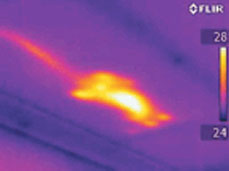
Possum in roof cavity.
A thermal camera allows inspectors to scan buildings quickly, and scan areas that are out of reach of the inspector, such as high ceilings. Termite Solutions’ inspectors can each inspect as many as five houses a day. “We can scan large areas of buildings very quickly and with much more certainty than we had before using FLIR thermal cameras,” says Mal.
Thermite Solutions has purchased four FLIR cameras since 2005 – B2, an E300, an E60Bx and an E8, and all are still in service and in good condition. Mal’s favourite camera is his E60Bx, due to the high resolution of the camera and its ability to record digital and thermal images, and video.
“Our clients find the MSX® technology a real help to better comprehend the report images,” says Mal. “FLIR thermal imaging cameras are very durable and always reliable. They have good video speed, good resolution and have all shown good battery life. The images are crisp, easy to download and look good in reports.”
Increasing the service thanks to thermal
“During pest inspections we would often discover maintenance issues while using the thermal imaging camera,” states Mal. “At times during our inspections we have identified electrical issues in buildings that could have had serious consequences.”
Now Termite Solutions offers not only pest inspection but also building inspection services, diagnosing building faults including leaking showers and roofs, moisture and waterproofing issues, and insulation irregularities.
A win-win for business and client
The use of thermal imaging cameras not only allows Thermite Solutions to save time on the job – a saving it can pass on to its clients – it also saves the client money by not missing termites and spotting them sooner, before they can do too much damage. Termite Solutions’ investment in the FLIR cameras was quickly offset by the increase in business they generated, and the increase in the number of buildings the technicians could now complete in a day.
“FLIR has always been considered the industry leader in Thermal Imaging, which is why I chose this brand over others. I’ve since found the FLIR training and customer support staff to be excellent and most helpful also,” concludes Mal Brewer.
